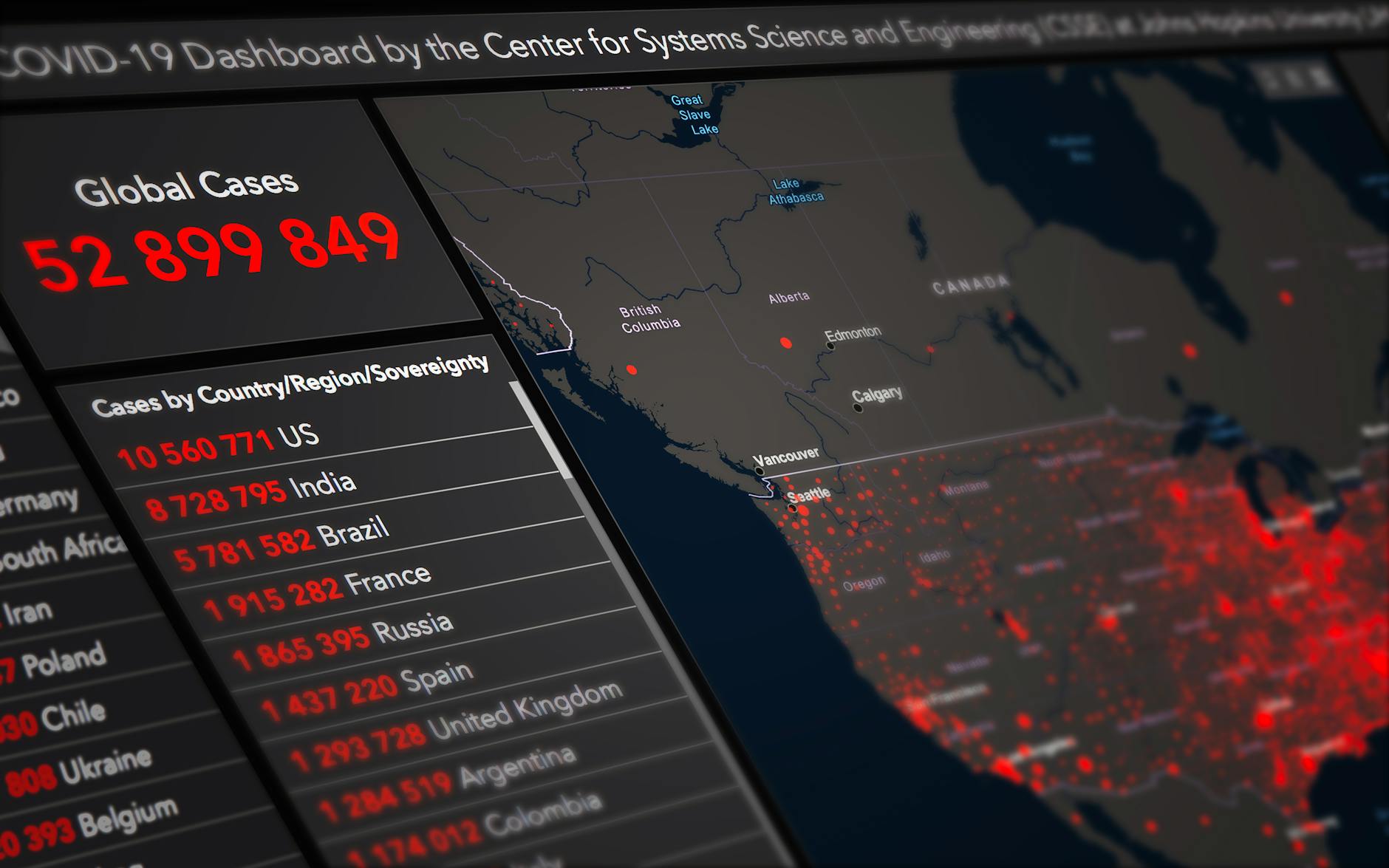The internet offers immense possibilities for learning, socializing, and entertainment, but it also brings risks, especially on online safety for seniors. As technology evolves, so do the methods used by cybercriminals to exploit vulnerabilities. For seniors, who may not have grown up with digital technology, navigating the online world can be particularly daunting. Here, we aim to empower seniors and their caregivers with practical tips and strategies to protect personal information online.
Understanding the Risks
The internet can be a double-edged sword for seniors. While it offers convenient access to information and communication, it also exposes users to various threats. Cybercriminals often target seniors due to their perceived lack of tech-savvy. Common online threats include phishing, identity theft, and financial scams.
Phishing attempts involve tricking individuals into providing personal information by posing as legitimate organizations. Identity theft occurs when someone steals your personal information to commit fraud. Financial scams can range from fake investment opportunities to fraudulent charities. Understanding these threats is the first step in protecting oneself online.

Online Safety for Seniors
As the digital world evolves, it’s crucial for seniors to stay informed about online safety. Understanding the basics can help protect personal information and enjoy the benefits of the internet confidently.
Secure Password Management
Creating strong, unique passwords is crucial for safeguarding personal information. Avoid using easily guessable information such as birthdays or simple sequences like “123456.” Instead, use a combination of letters, numbers, and special characters. Consider using a password manager to keep track of multiple passwords securely.
Recognizing Phishing Attempts
Phishing attempts can be challenging to spot, but there are telltale signs to watch out for. Be wary of emails or messages asking for personal information or urgent action. Legitimate organizations will never ask for sensitive information through email. If you’re unsure about an email’s authenticity, contact the company directly through their official website.
Protecting Personal Information
Be cautious when sharing personal information online, such as your name, address, and social security number. Only provide this information on secure websites that use encryption (identified by https in the URL). Avoid using public computers or unsecured Wi-Fi networks to access sensitive information.
Staying Up to Date
Keeping software and operating systems up-to-date is crucial in maintaining online security. Outdated software can leave vulnerabilities that hackers can exploit. Make sure to regularly update all devices, including computers, smartphones, and tablets.
Social Media Safety
Social media is a great way to stay connected with friends and family, but it’s essential to be cautious about what information is shared. Adjust privacy settings to control who can see posts and only accept friend requests from people you know personally. Be wary of sharing personal information such as your full name or address on social media platforms.
Educate Yourself
The best defense against online threats is knowledge. Take the time to educate yourself on common scams and how to protect against them. Stay informed about the latest security updates and follow best practices for staying safe online.
Privacy Settings
Adjusting privacy settings on social media and other online platforms can help protect personal information. Review the default settings and customize them to limit who can see your posts, profile information, and activity. Regularly update these settings and be mindful of the information you share publicly.
Two-Factor Authentication
Two-factor authentication (2FA) adds an extra layer of security to your online accounts. It requires a second form of verification, such as a code sent to your phone, in addition to your password. Enabling 2FA makes it significantly harder for hackers to gain access to your accounts.

Safe Browsing Habits
Practicing safe browsing habits is more crucial than ever. With cyber threats lurking around every corner, knowing how to protect your personal information while navigating the web can make all the difference.
Avoiding Harmful Websites and Downloads
Stay away from websites that seem suspicious or offer deals that are too good to be true. Download software only from trusted sources, and be cautious of pop-up ads that prompt you to install additional tools. Use reputable antivirus software to scan for potential threats.
Keeping Software and Security Tools Updated
Regularly update your operating system, browsers, and security tools to protect against known vulnerabilities. Software updates often include patches for security flaws that could be exploited by cybercriminals. Enable automatic updates to ensure your system is always protected.
Digital Literacy for Seniors
As the world becomes increasingly digital, it’s essential for seniors to build digital literacy skills. This not only helps them stay connected with loved ones but also empowers them to navigate online resources confidently and safely.
Resources and Programs
Many organizations offer resources and programs specifically designed to enhance digital literacy among seniors. Local community centers, libraries, and senior organizations often provide workshops and classes on internet safety. Online platforms also offer tutorials and guides to help seniors become more comfortable with technology.
The Role of Caregivers and Family Members
Caregivers and family members play a crucial role in supporting seniors’ online safety. They can provide guidance on safe internet practices, assist with setting up security measures, and stay informed about the latest online threats. Encouraging open communication about online experiences can also help identify potential risks early on.
Real-Life Examples and Testimonials
Hearing from other seniors who have successfully navigated online safety challenges can be incredibly encouraging. One senior shared how attending a local workshop helped her understand the importance of secure passwords and how to recognize phishing attempts. Another testimonial highlighted the benefits of two-factor authentication in keeping personal information safe. These real-life stories demonstrate that with the right knowledge and tools, anyone can stay safe online.
A crucial need
Protecting personal information online is crucial today. By understanding the risks, adopting secure practices, and using available resources, seniors can confidently navigate the online world. Create strong passwords, recognize phishing attempts, adjust privacy settings, and enable two-factor authentication. Stay safe by avoiding harmful websites and keeping your software updated.
We encourage all seniors to take steps for online safety and share this guide with friends, family, and caregivers. Your experiences and tips can make a big difference. Connect with us for personalized safety advice and smartphone workshops. Together, we can build a safer digital community for everyone.
For personalized online safety advice and to join our smartphone workshops, connect with us today!






